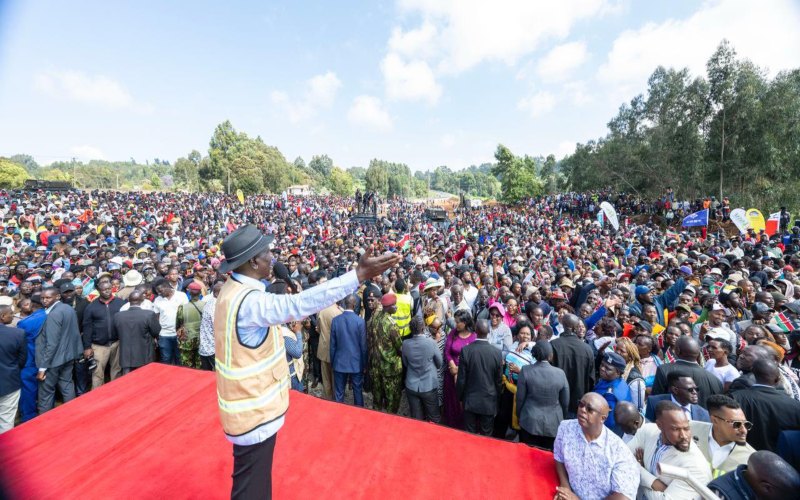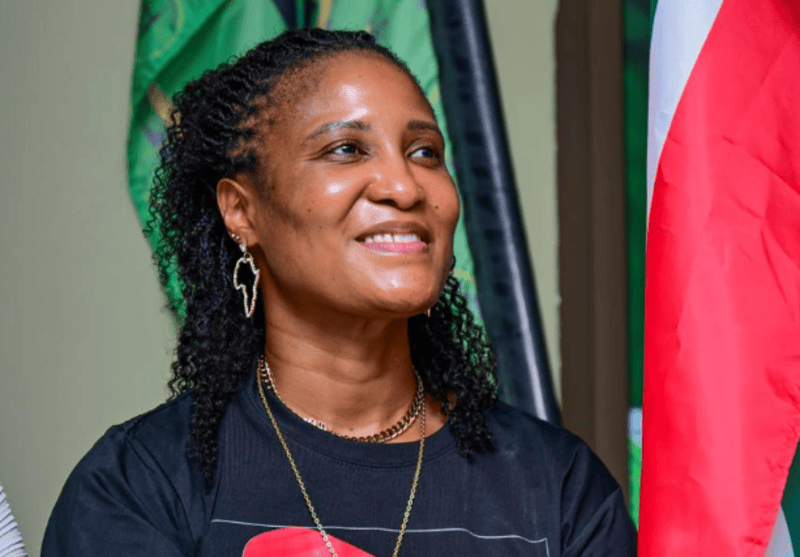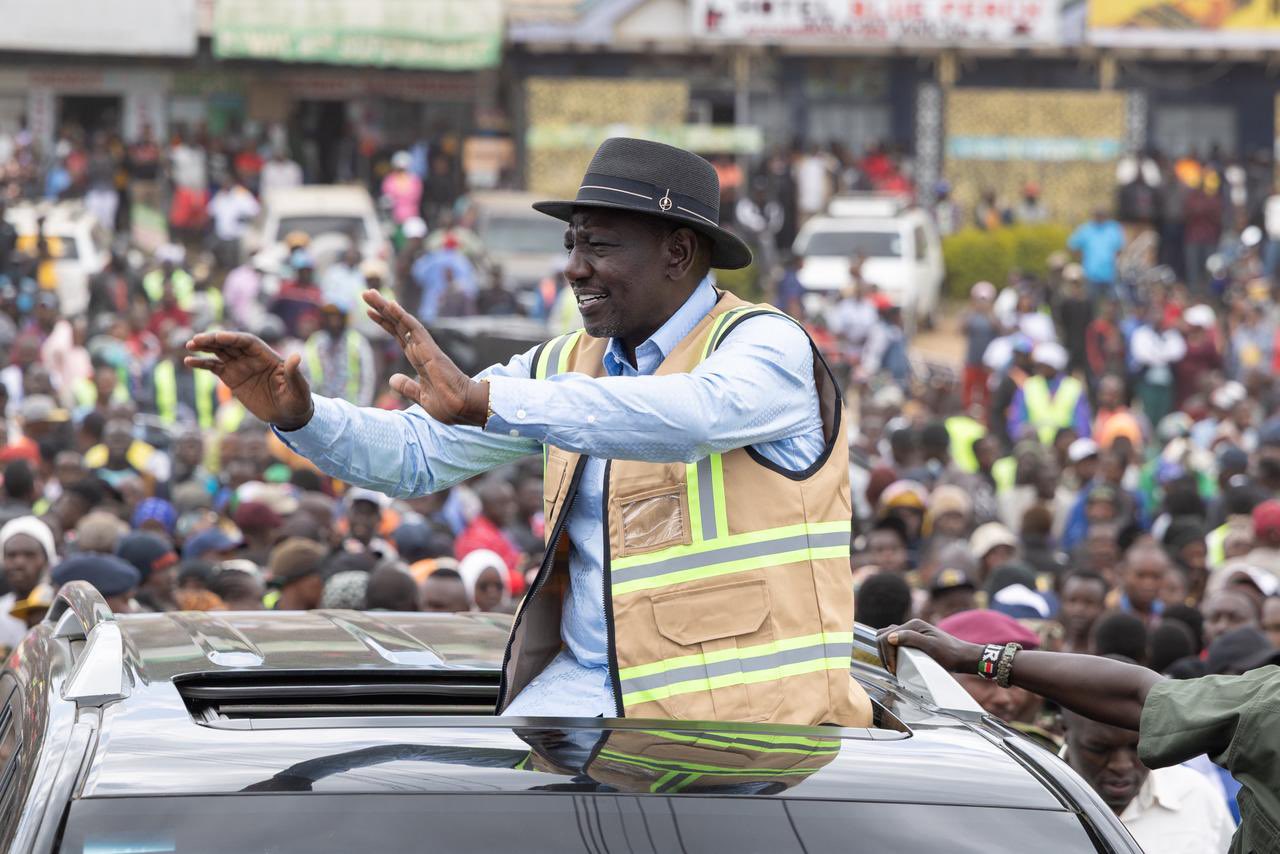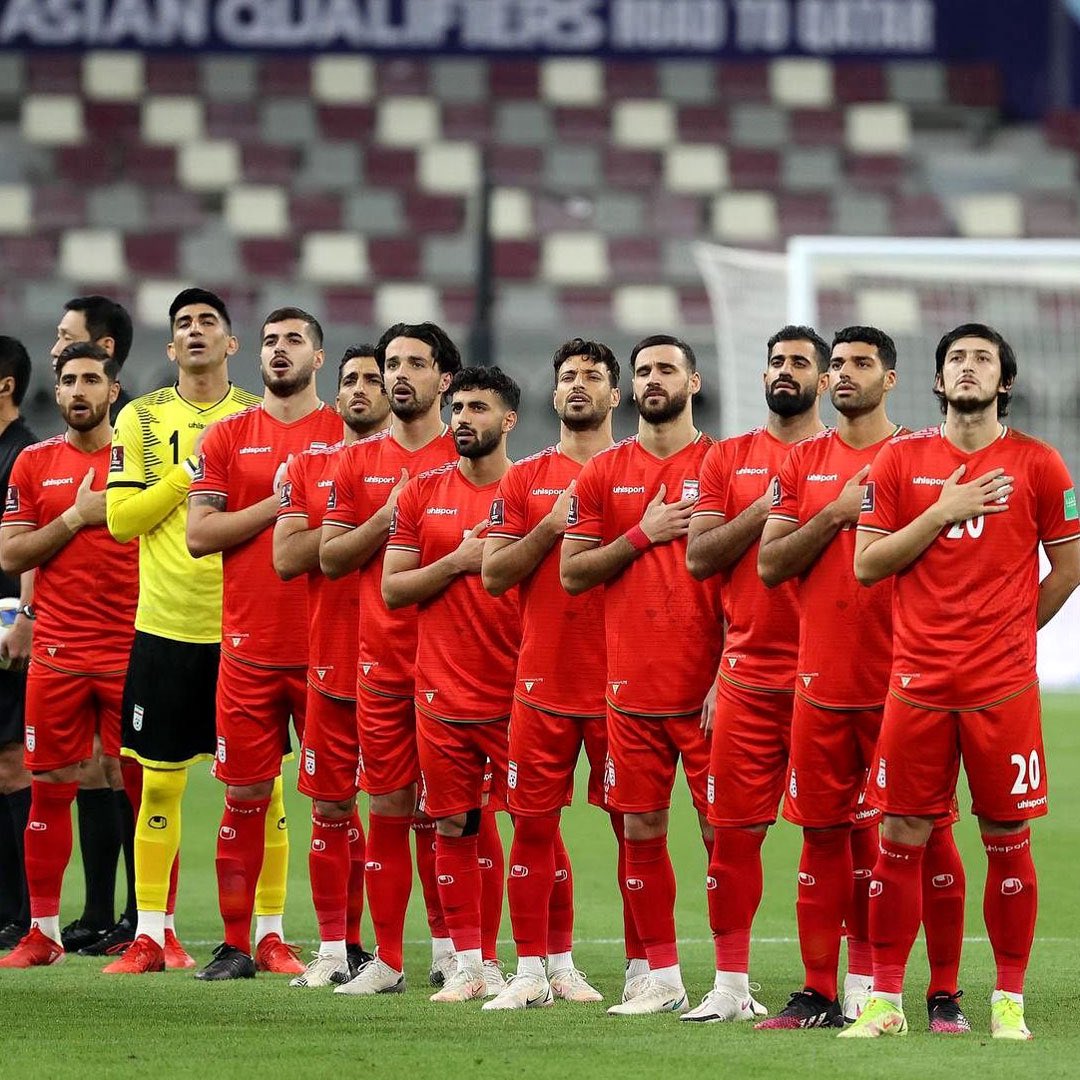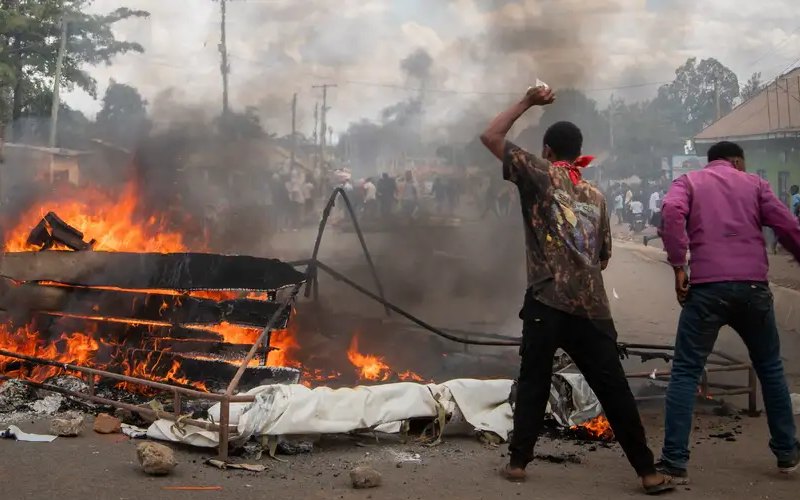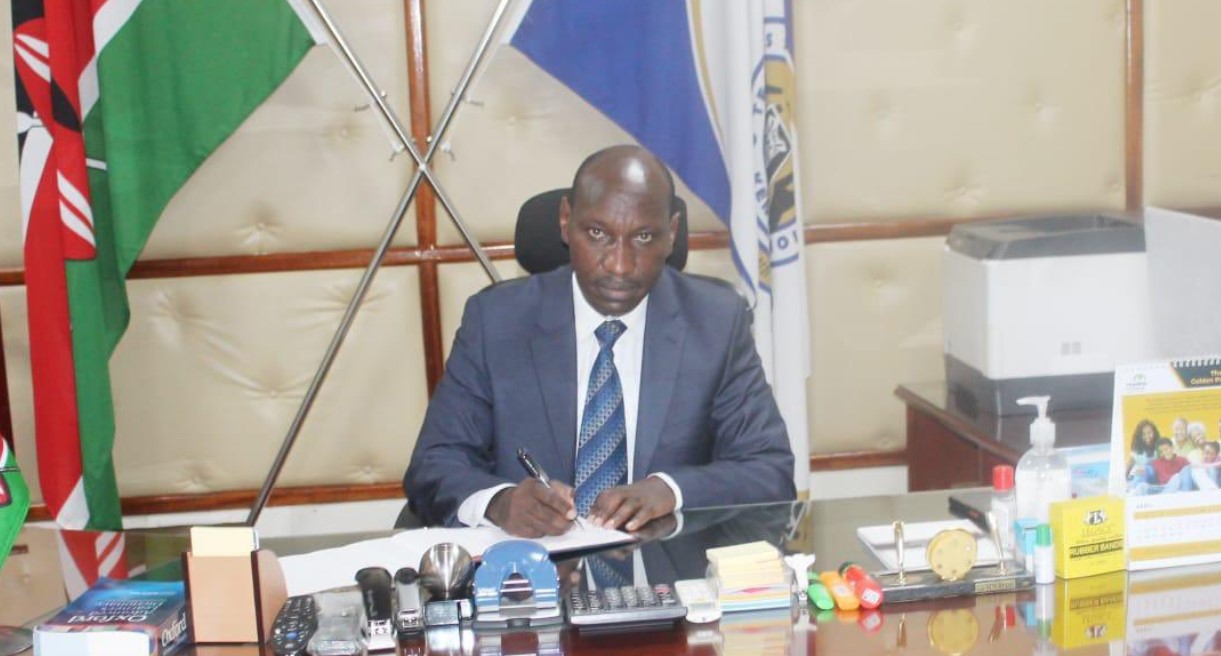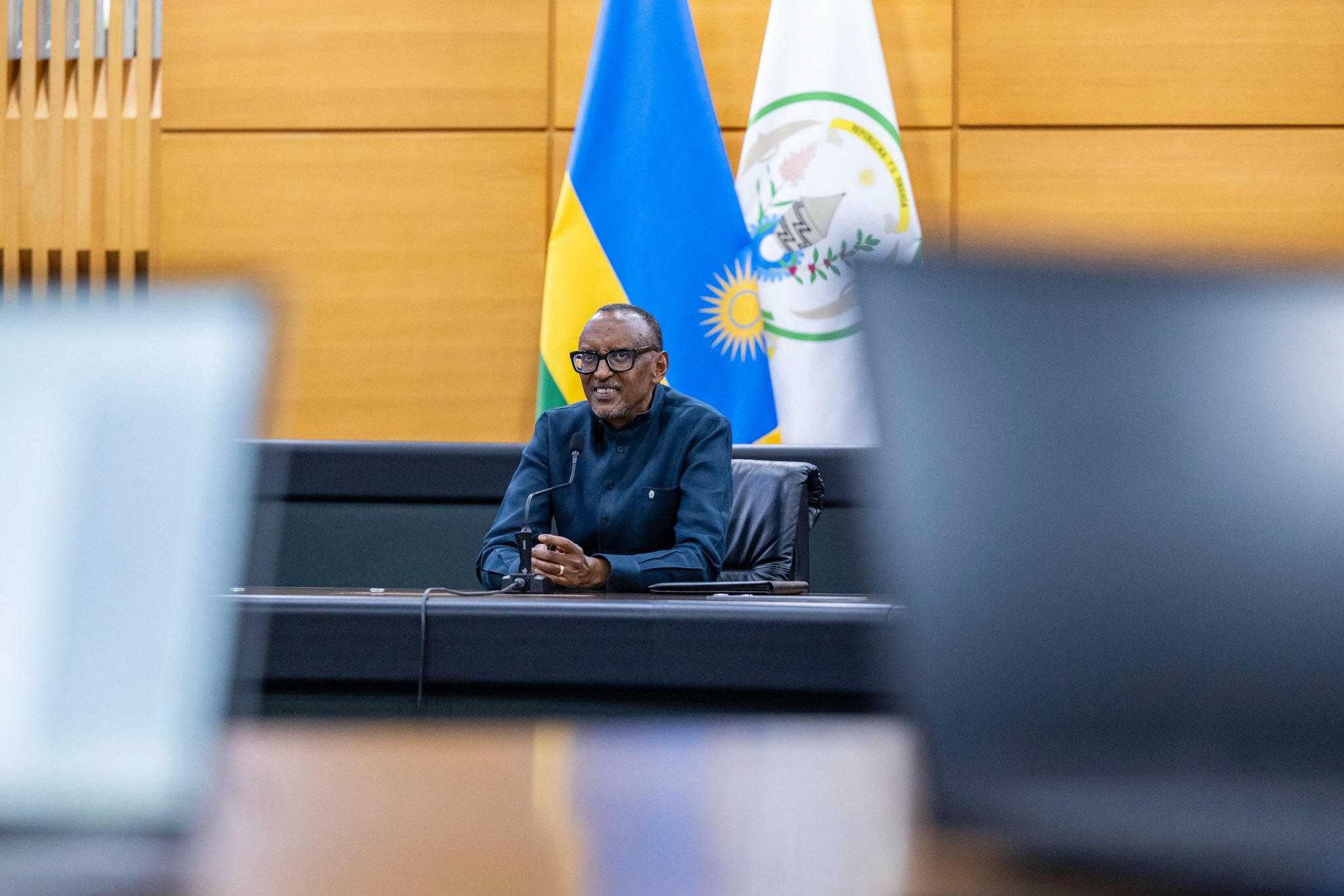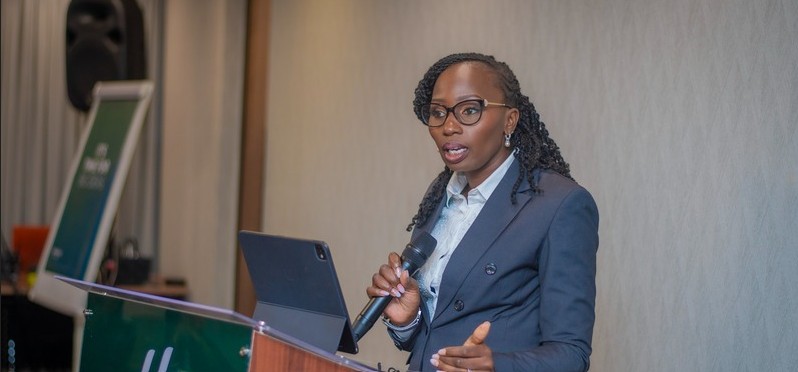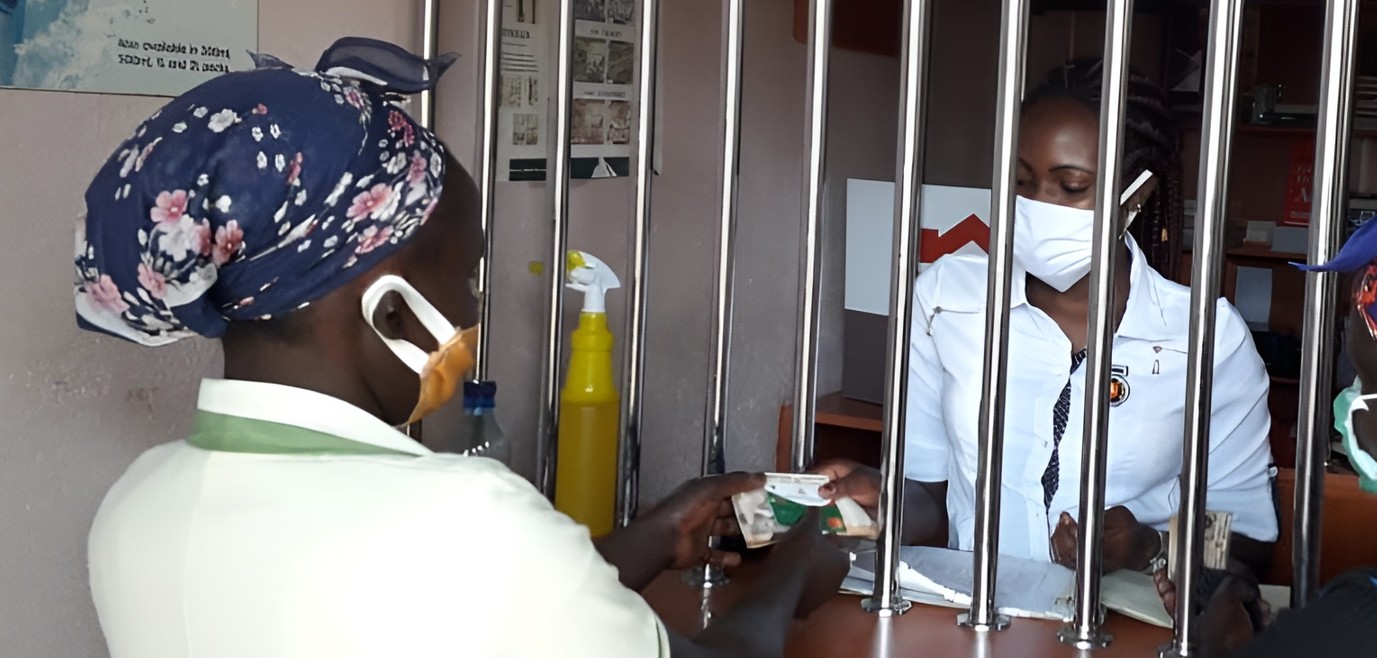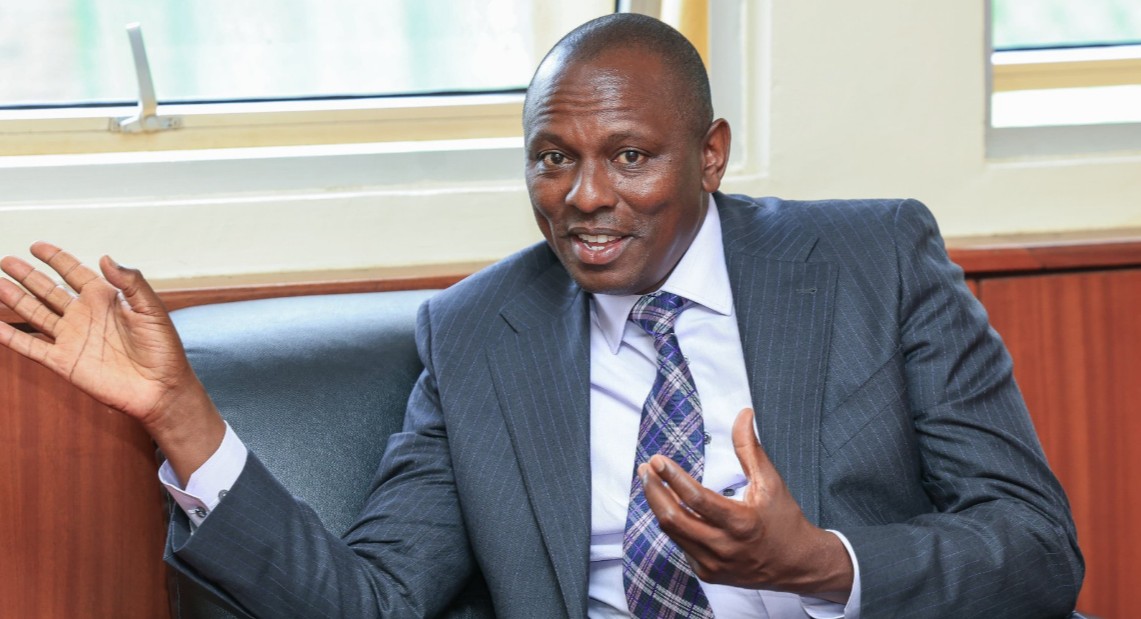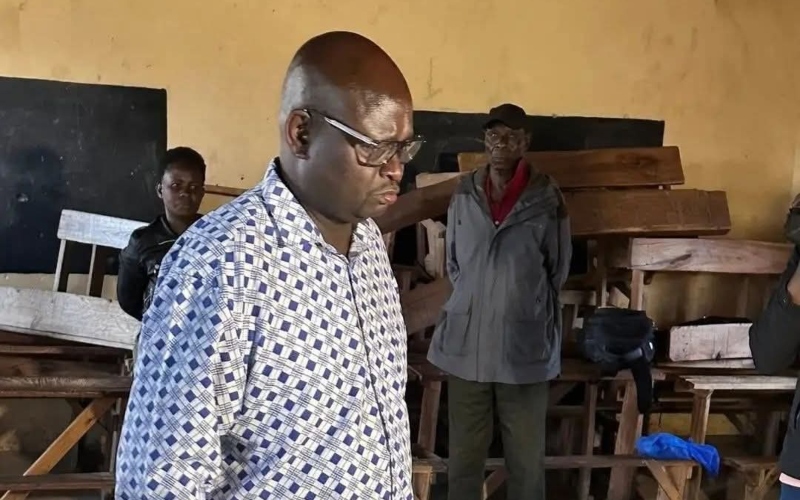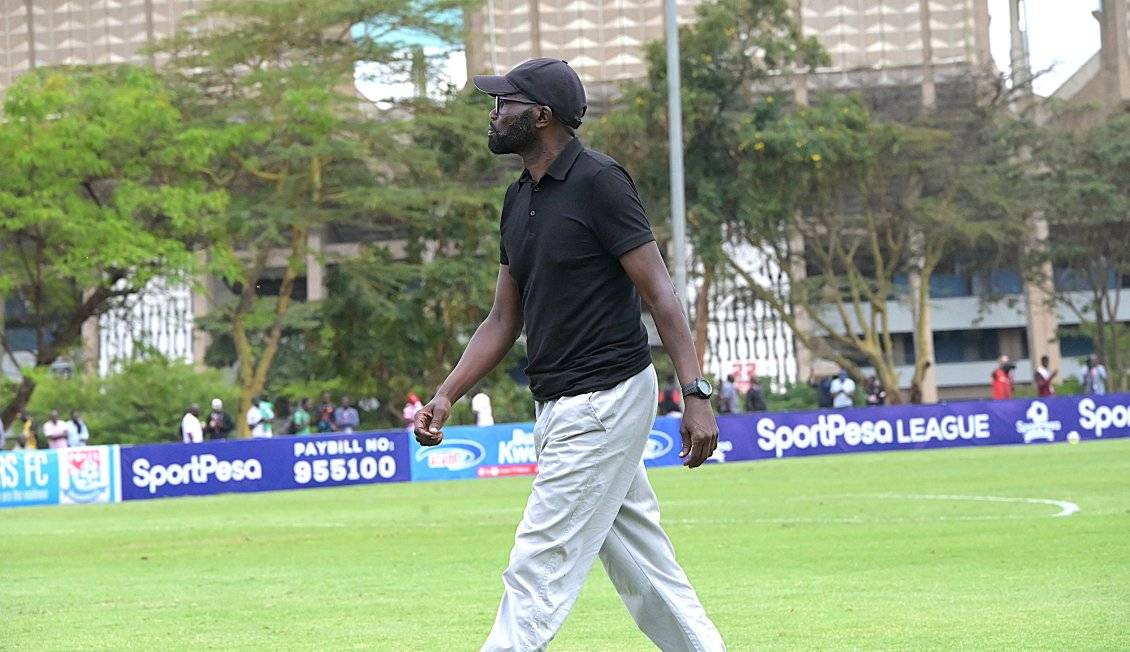Child trafficking in East Africa and the Horn worsening, says Unicef report
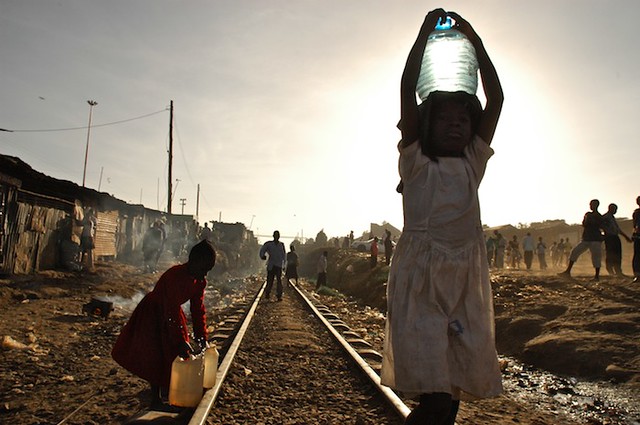
In Kenya alone, around 17,500 people are trafficked each year, with about half of them being children.
Children make up about one-third of all trafficking victims, with more than half of these children being trafficked within their own countries, a report published by Unicef says.
According to Unicef, child trafficking involves tricking, coercing, or persuading children to leave their homes, transporting them to new locations, and then exploiting them through forced labour or sale.
More To Read
- Over 600 million children exposed to violence at home, UNICEF warns
- Maasai community leads change as elders endorse fight against FGM and early marriage
- Gaza: Two children killed every day during fragile ceasefire, says UNICEF
- UNICEF warns over 400 million children live in extreme poverty as progress stalls
- Gaza: Displaced Palestinians dealing with the ‘death of dignity’, warns UNICEF
- Stakeholders warn of increased FGM cases in Wajir during long school holiday
Although global human trafficking rates have decreased, the problem of child trafficking has worsened, especially in East Africa and the Horn of Africa where the share of child victims has increased from 28 per cent in 2014 to 35 per cent in 2021.
In Kenya alone, the National Council for Children Services estimates that around 17,500 people are trafficked each year, with about half of them being children.
In March, Grace Banya, the project manager at the International Labour Organisation (ILO), said there has been an ongoing struggle with child labour and trafficking in Kenya despite significant government efforts. She said poverty and cultural practices, such as female genital mutilation (FGM) are major drivers of these issues.
“Poverty forces many children into labour to help their families, while FGM often results in girls being married off early and expected to handle adult responsibilities,” said Banya
She highlighted various forms of child labour in Kenya including domestic work, street vending, sand harvesting, herding, and sexual exploitation.
Banya also expressed concern about the rising trend of child trafficking, particularly across the Kenya-Tanzania border for purposes like FGM and domestic work.
She called for increased advocacy and awareness to protect children and stressed that enforcing strong child protection laws is essential for tackling child labour and trafficking effectively.
Despite some progress, global efforts to address child trafficking are still falling short.
To meet the Sustainable Development Goal (SDG) 16.2 which aims to protect children from abuse, exploitation, trafficking, and violence, Unicef is calling for stronger regional protection and justice mechanisms at both national and local levels.
The UN agency emphasises the need for improved child protection systems in countries of origin, transit, and destination, ensuring that all migrant children are included. Through its advocacy and programmes, Unicef remains committed to supporting Africa’s development goals, "promoting policies to end child trafficking, and backing cross-border programmes that uphold child rights, safety, gender equality, and access to justice for all children," according to Etleva Kadilli, the Unicef Regional Director for Eastern and Southern Africa.
Data from the Counter-Trafficking Data Collaborative (2002-2022) reveals that children make up 12 per cent of trafficking victims from East Africa and the Horn of Africa.
Between 2018 and 2022, the International Organisation for Migration (IOM) assisted over 4,000 trafficking survivors in the region, with 12 per cent being children. These children are trafficked both within and outside the region for forced labour in agriculture and mining, domestic servitude, and sexual exploitation in the hospitality sector. A troubling trend is the trafficking of children with disabilities for forced begging.
Other forms of trafficking, such as forced criminal activities, ransom, and organ removal also occur but are difficult to detect. The trafficking of children is often gendered, with girls disproportionately affected and facing the long-term impacts of gender inequality and gender-based violence.
"Child trafficking is not just a crime; it is a grave violation of human rights. Governments and organisations must ensure that all child victims receive the support they need, including access to necessities and specialised protection services,” said Rana Jaber, IOM regional director for East and Horn of Africa.
Top Stories Today
